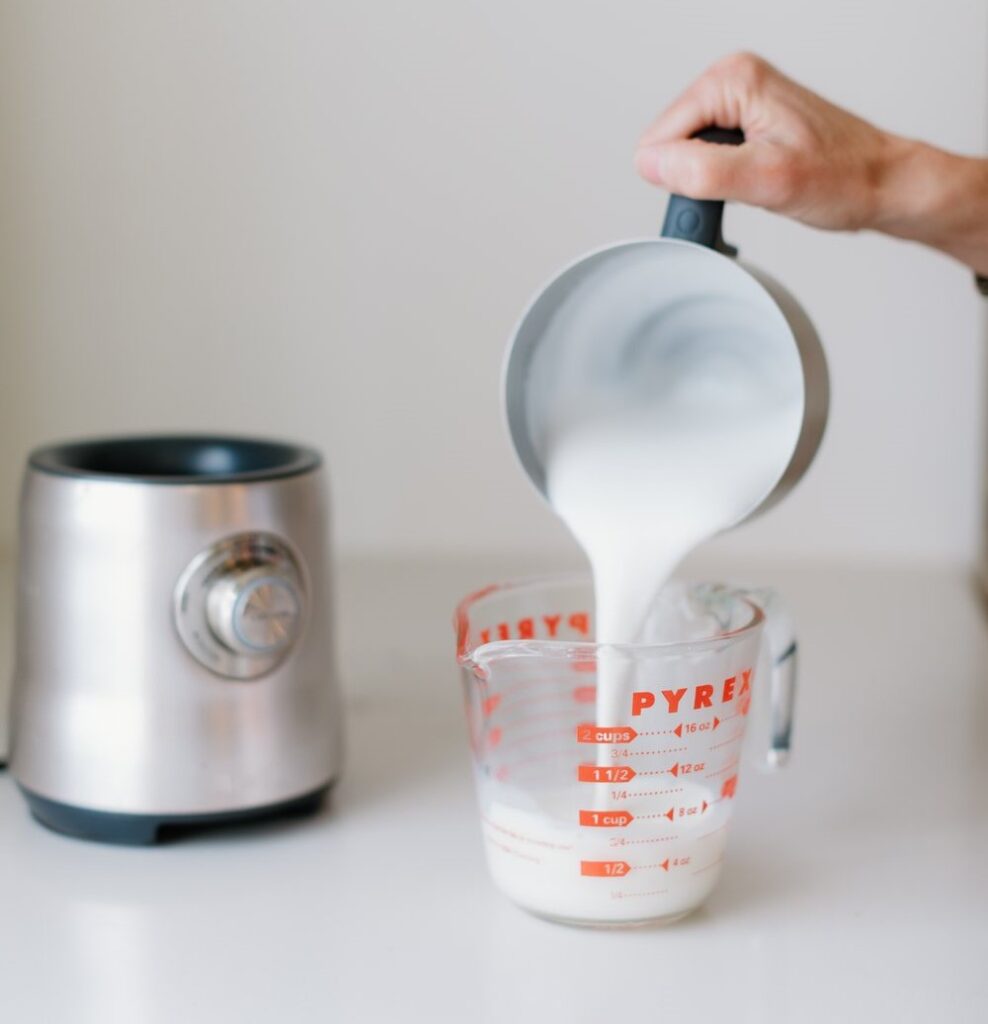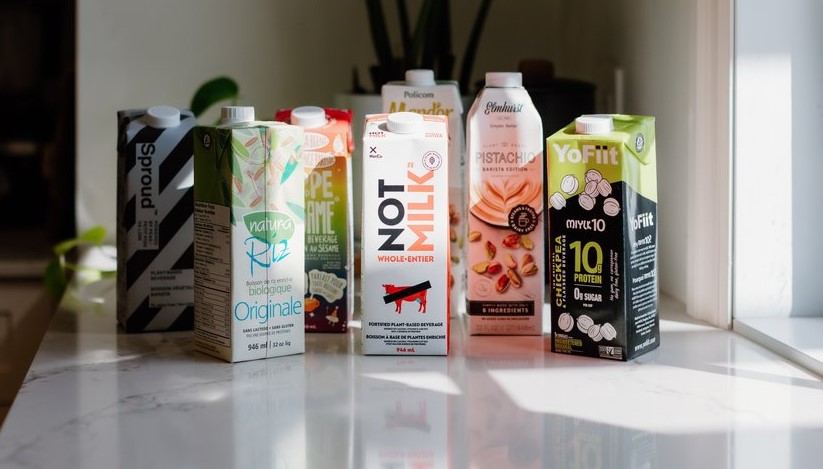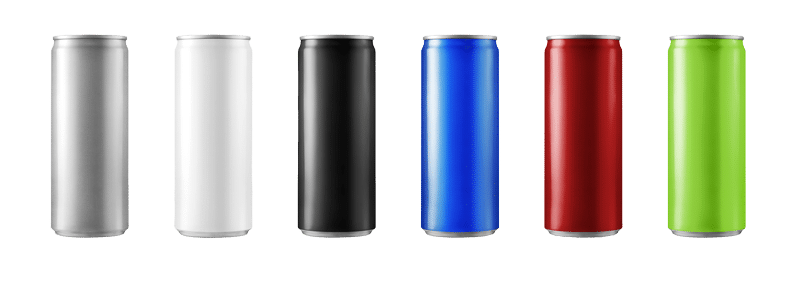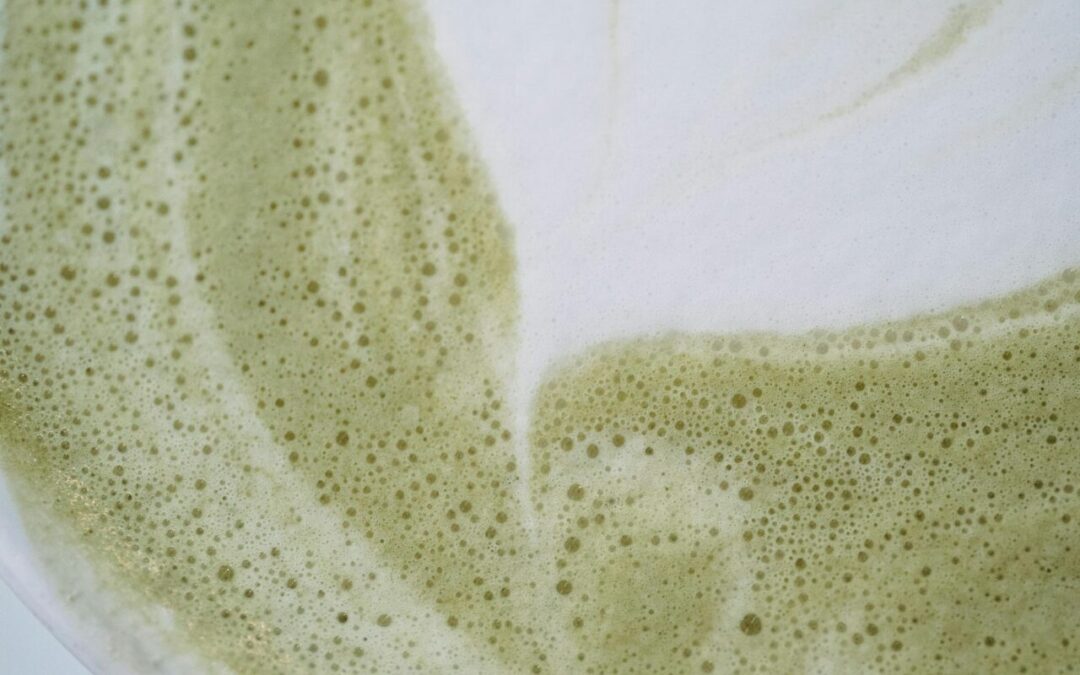Summer is sadly behind us, and the only thing that brightens my day is to think that tea latte season is slowly making its annual comeback.
For me, a hot tea latte has many significance. It can be defined as a comforter, a hand warmer on a cold day, a hug in a mug, and can also be part of an enjoyable morning ritual.
I haven’t made a poll, but I do think that if asked what a latte is, the majority of responders will associate the word with an espresso topped up with a milky froth.
Which would not be completely wrong according to the dictionary:
Latte
noun
a type of coffee made with espresso and hot steamed milk, milkier than a cappuccino.
The answer would also greatly depend on location. If you ask for a latte in Italy, you’ll get a plain glass of milk!
Is it a coffee-based drink? It certainly was until recently. As you probably have noticed, cafes are striving to improve their beverages menu and continuously trying to offer exciting new flavors that will appeal to their customers.
Chai latte, London fog, and Matcha latte have been staples for quite some time. And social media never fails to remind us that fall can also be known as pumpkin spice latte season!
Additionally, other drinks such as superfood lattes are now coming into play, which is great for all of us tea lovers who crave a velvety treat when on the go.

MAKING A TEA LATTE AT HOME
I do believe in the importance of visiting locally owned coffee shops, but sometimes it is impossible to do so, either by lack of time or accessibility.
Rest assured, respectable tea lattes can easily be created in the comfort of your home. All you need is a perfectly steeped tea topped up with some frothed milk.
Easy to say, but unfortunately, it doesn’t always work that way. From what I realized from my own experiences, not all milks are created equal, and even after the best efforts, the final result is closer to something that looks more like a deceiving cup of tea with a lot of warmed milk in it.
CREATING THE PERFECT FROTH
In the past, lattes were standardly made using cows’ milk, which, when done properly, gives a flawless result that enhances your drinking experience. A close-to-barista quality can definitely be achieved by following those 3 tips.
-
Use cold milk – cold milk will give you more time to create bubbles.
-
Temperature – when using a home frother – temperature should be set between 135F and 150F, not only is it recommended, but it is also where you’ll find regular milk’s sweetest point which means no need for added sugar!
-
Use milk with a close to optimal fat to protein ratio
These tips are doable, but with more and more people moving away from using animal products, companies are now offering plant-based solutions that mimic the froth quality of cow’s milk.
Many different non-dairy milk options are available on the market, but which one is the best to create a latte with a rich and velvety microfoam?

WHICH MILK CREATES THE BEST LATTE FROTH?
For me, quality is an obsession, and this is why I went on a mission to find the perfect milk alternative to make hot tea lattes during the colder season.
Almond milk, coconut milk, soy milk, just to name a few, are all alternatives that people are looking for when it comes time to order their latte. But, as mentioned previously, not all milks are created equal, and some of them just cannot be used at all for a lack of frothing capability.
So far I’ve been satisfied with unsweetened oat milk, but was still curious to see if anything else would give me the same result. For my informal test, I tried as many dairy substitutes as I could find in my area.
Not only did I include the “barista approved” products, but also wanted to try anything that was advertised as a milk alternative. My analysis was not only focused on the quality of the foam but I also looked at:
-
Price for budget
-
Country of origin
-
List of ingredients
-
Taste – to see if it compliments the tea
-
Sugar content

For my baseline – I first measured 250 ml of cold Neilson 3.25% Microfiltered Milk, and frothed it with the Milk Café from Breville at 145F, the recommended optimal temperature to get a stable foam. Once the froth was created, I remeasured it to analyze the difference.
The results are currently being compiled and will be shared with you very soon!
Conclusion
While our sparkling teas can be enjoyed all year round, I can absolutely appreciate the enjoyment that comes from a comforting cup of hot tea on a crisp fall day.
Here are a few of my top choices for brewing your own tea latte at home this cozy season:
-
Spiced Tea – Chai
-
Gokou Ceremonial Matcha
-
Earl Grey
Check back soon for our frothy milk results!
Sarah + Chris
What is your favorite tea latte? Let us know in the comments below.


